Únase a getAbstract para acceder al resumen.

Únase a getAbstract para acceder al resumen.
David Kiron, François Candelon, Sam Ransbotham, Michael Chu, Burt LaFountain and Shervin Khodabandeh ,
Expanding AI’s Impact with Organizational Learning
Findings from the 2020 Artificial Intelligence Global Executive Study and Research Project
MIT Sloan Management Review, 2020
¿De qué se trata?
The key to significant financial benefit from artificial intelligence: mutual learning.
Recommendation
Artificial intelligence (AI) has topped lists of business trends for years – but organizations still struggle to see significant bottomline benefits from AI implementations. A 2020 Boston Consulting Group (BCG) study offers insight into why: a correlation between significant financial benefits from AI and organizational learning. In an MIT Sloan Management Review white paper, a team of experts from BCG and MIT Sloan Management Review describe what leading companies are doing to reap the potential benefits of AI.
Summary
About the Authors
Sam Ransbotham is a professor in the information systems department at the Carroll School of Management at Boston College, as well as guest editor for MIT Sloan Management Review’s Artificial Intelligence and Business Strategy Big Ideas initiative. Shervin Khodabandeh is a senior partner and managing director at Boston Consulting Group (BCG), and the co-leader of BCG GAMMA (BCG’s AI practice) in North America. David Kiron is the editorial director of MIT Sloan Management Review, where he directs the publication’s Big Ideas program. François Candelon is a senior partner and managing director at BCG, and the global director of the BCG Henderson Institute. Michael Chu is a partner and associate director at BCG, and a core member of BCG GAMMA. Burt LaFountain is a partner and managing director at BCG, and a core member of BCG GAMMA.









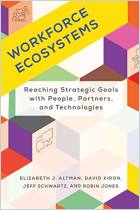
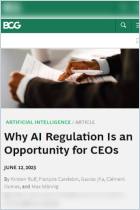


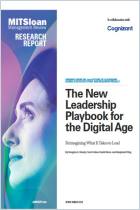








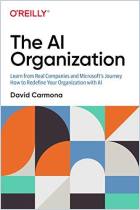

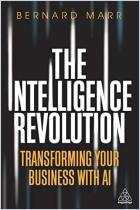

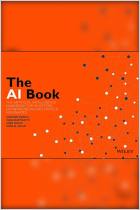
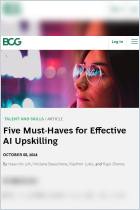







Comment on this summary